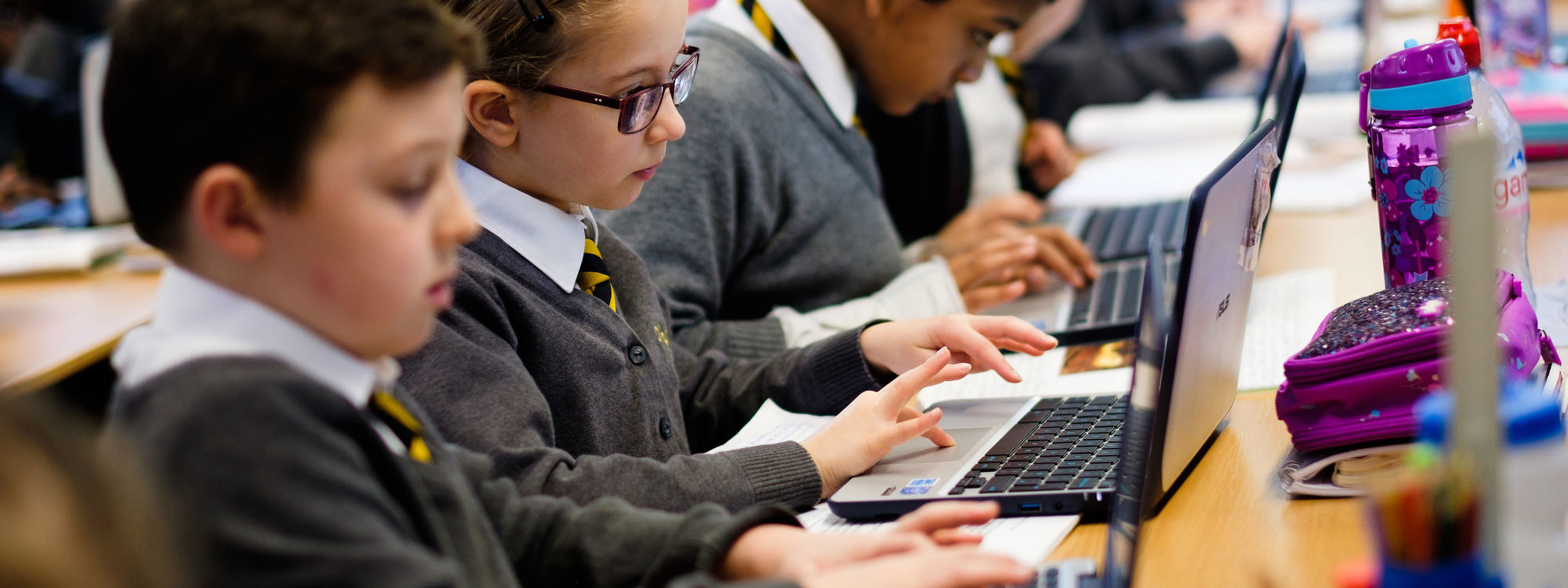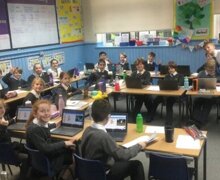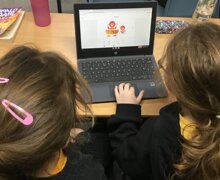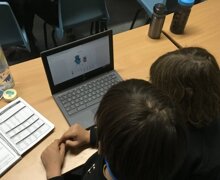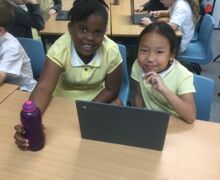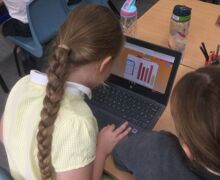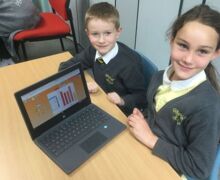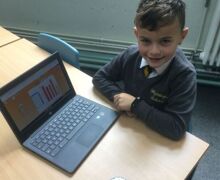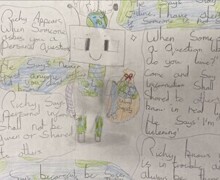Computing
Computing Subject Rationale
"Technology is best when it brings people together." (Matt Mullenweg)
Purpose
An integral and essential part of our everyday lives both at school and at home, computing provides insights into both natural and artificial systems. We recognise the importance of a high-quality computing education, from Early Years to Key Stage 2, that equips children to use computational thinking and creativity to understand and change the world. The core of computing is computer science, in which children are taught the principles of information and computation, how digital systems work, and how to put this knowledge to use through programming. Building on this knowledge and understanding, children are equipped to use information technology to create programs, systems and a range of content. Computing also ensures that pupils become digitally literate – able to use, and express themselves and develop their ideas through information and communication technology – at a level suitable for the future workplace and as active participants in a digital world.
By the time our pupils leave us at the end of Key Stage 2, the Chalklands Computing Curriculum ensures they:
- can understand and apply the fundamental principles and concepts of computer science, including abstraction, logic, algorithms and data representation
- can analyse problems in computational terms, and have repeated practical experience of writing computer programs in order to solve such problems
- select, use and combine a variety of software (including internet services) on a range of digital devices to design, write and debug programs that accomplish specific goals
- can evaluate and apply information technology, including new or unfamiliar technologies, analytically to solve problems
- have a strong understanding of how to be safe and secure online
- are safe, responsible, competent, confident and creative users of information and communication technology
- are able to recognise acceptable behaviour and identify a range of ways to report concerns about content
- learn, think, read, write and speak like content creators
- are fluent with a range of tools; able to select from them to best express themselves and their understanding
- generate ideas and express themselves safely and responsibly in a technologically developing world
- are creativite, resilient, critical thinkers and problem-solvers.
For those teaching computing, supported by comprehensive and current planning resources, the Chalklands Computing Curriculum aims to develop the passion and knowledge needed to inspire the children they teach and confidence with both what they are teaching and how to teach it.
Computing in EYFS
The Early Years Foundation Stage (EYFS) represents the bedrock of each child’s educational journey. It is our intention for children who enter our EYFS to begin their lifelong learning journey by developing physically, verbally, cognitively and emotionally whilst also embedding a positive attitude to school and a love of learning.
We establish meaningful relationships with each individual child to create strong foundations which allow them to feel safe, secure and included in their school environment. Through carefully planned opportunities, we provide each child with meaningful experiences which enrich their cultural capital. Using our increasingly deep knowledge and understanding of the children, we create equal opportunities enabling them to evolve into explorers, active learners, and critical thinkers.
We adopt a thematic approach to curriculum design in the EYFS, which integrates child-initiated and adult enhanced pedagogies across the expertly designed indoor and outdoor environments. Using this approach, children are provided with rich, meaningful opportunities to gain knowledge and skills from across the seven areas of learning and development within the statutory framework for the EYFS.
Our children’s learning journeys in computing begin in the Early Years and the design of our computing curriculum reflects this and signposts progression in knowledge and skills from here through to Year 6. In this phase, children’s early computing experiences are captured within the specific area of learning and development entitled Understanding the World.
Captured in long and medium term planning, we draw upon statutory guidance and non statutory guidance (Development Matters 2021) to ensure teaching and learning is planned for and enacted in an age appropriate way that identifies and responds to each unique child’s individual developmental milestones - also guided by our school’s unique identity and local context. An experiential learning environment, combined with focussed teaching and basic skills, ensures that firm foundations are laid in a positive and long lasting way, so that children make rapid progress before moving into Year 1 where their learning experiences in computing are planned for using the key stage one national curriculum.
Documents
| Whyteleafe Computing Yearly Overview 2025/2026 |
|---|
| Computing Overview 2025 2026.docx |



